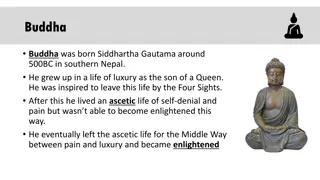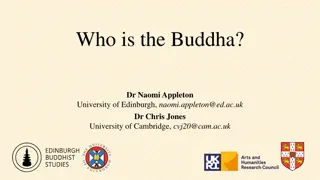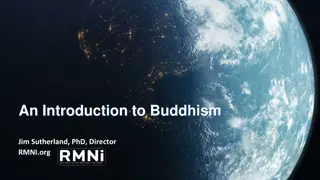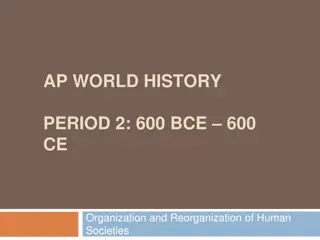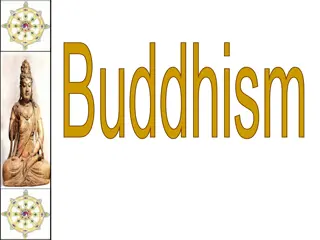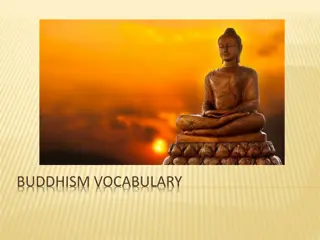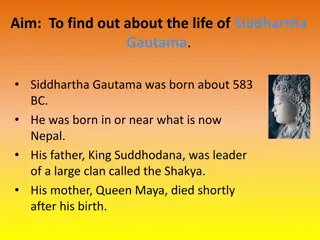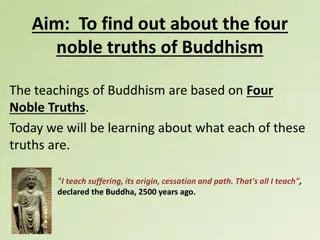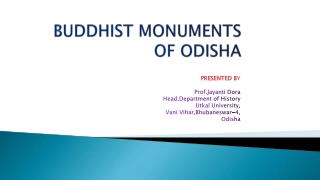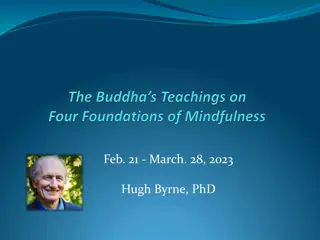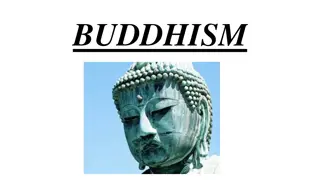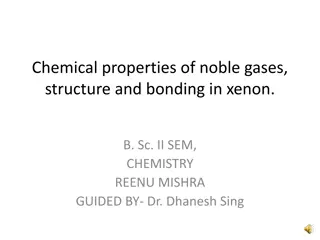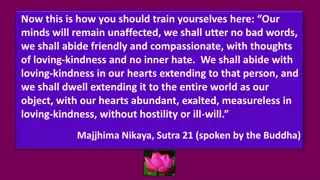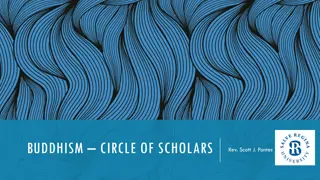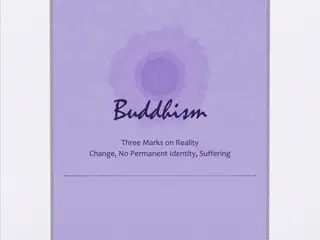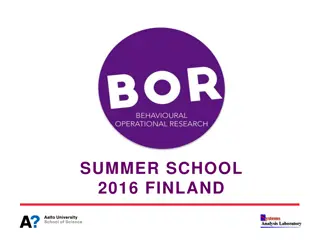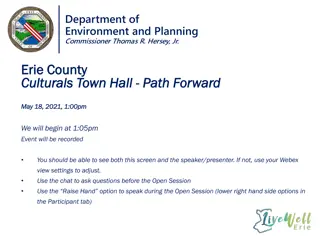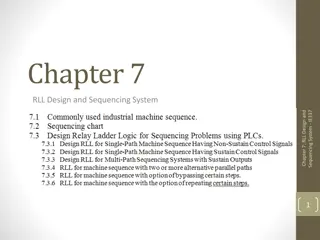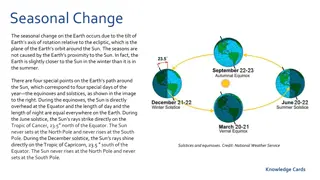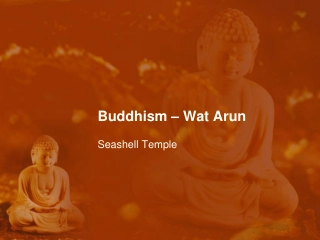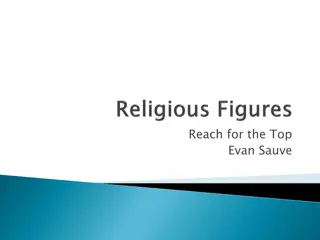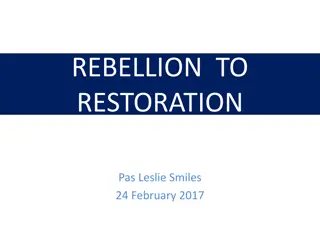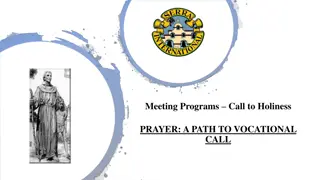The Eightfold Noble Path of Gautama Buddha - An Insightful Journey
Gautama Buddha, the founder of Buddhism, introduced the Ashtangik Marg or the Eightfold Noble Path comprising of eight steps to lead towards liberation from suffering. The path covers the Four Noble Truths including the causes of suffering and the way to cessation. Each step, from Right Views to Right Concentration, focuses on ethical living and mindfulness to attain enlightenment.
Download Presentation

Please find below an Image/Link to download the presentation.
The content on the website is provided AS IS for your information and personal use only. It may not be sold, licensed, or shared on other websites without obtaining consent from the author. Download presentation by click this link. If you encounter any issues during the download, it is possible that the publisher has removed the file from their server.
E N D
Presentation Transcript
ASHTANGIK MARG OF GAUTAM BUDDHA ASHTANGIK MARG OF GAUTAM BUDDHA Presente Presented by- Dr. Ranjana Sharma Dr. Ranjana Sharma Dept. of Philosophy Durga Mahavidyalaya Raipur, C.G. Raipur, C.G.
HISTORICAL BACKGROUND Gautama Buddha was the founder of Buddhism He was born in Sixth Sixth century century B.C. in a royal family. His birth Place was Kapilavastu. The place where he achieved Salvation/ His father s name was Shuddodhan and mother s name was Maya. He was married to Yashodhara and had a son named Rahul. His childhood name was Siddharta. Buddhism . . Salvation/Nirvaan Nirvaan was Lumbini.
FOUR NOBLE TRUTHS There are Four Noble Truths. The First Noble Truth is about Suffering The Second Noble Truth is about Cause The Third Noble Truth is about the Cessation The Fourth Noble Truth is about the Path comprises of 8 paths known as Ashtaangik Suffering . . Cause of of Suffering Cessation of of Suffering Path to to liberation Ashtaangik Marg Marg . . Suffering . . Suffering . . liberation . It
ASHTAANGIK MARG The Fourth Noble Truth is also called Ashtaangik are eight steps or rule called eightfold noble path . These marg lead man to a state free from misery. This path is nutshell of Buddha Ethics This path is for Monks as well as for Common Men. Ashtaangik Marg Marg . . There
THE FIRST PATH The first path is Samyagdrishti Right views. We have wrong views [mithyadrishti ] about the self and the world . This wrong views is the root cause of our sufferings. Samyagdrishti
THE SECOND PATH The Second Path is Samyaksankalp Right resolve. When we decide to lead a life according to right views i.e. Samyagdrishti. We reform our life in the light of truth. We give up worldliness , ill-feelings ,doing any harm to others. This is right determination. Samyaksankalp .
THE THIRD PATH The Third path is Samyakvak Right Speech. Right Determination to guide and control our speech. The Right Speech must be free from Lying , Slander , Unkind Words and Frivolous Talk. The Right Speech consists of Truth and Love. Samyakvak . .
THE FOURTH PATH The Fourth Path is Samyakkarmant Right Conduct. Right Determination should come into Right Action. Right speech should convert into Good Conduct. Right conduct includes Panchsheel Panchsheel . . Panchsheel are Five Vows i.e. No Sensuality, Sensuality, No No Lying Lying and and No Samyakkarmant . . No Killing, Killing, No Intoxication. . No Stealing, Stealing, No No No Intoxication
THE FIFTH PATH The Fifth Path is Samyagajiva Right Livelihood. One should earn his livelihood by honest means. Means are as important as Goal. Means and Goal both should be good. To maintain life one should not take forbidden means. Samyagajiva . .
THE SIXTH PATH The Sixth Path is Samyagvyayam Right Effort. We should constantly follow the Right Views, Right Resolve, Right Speech, Right Conduct and Right Livelihood. Constantly following the above removes the deep rooted old evil ideas. It prevents the arising of new evil thoughts. Samyagvyayam . .
THE SEVENTH PATH The Seventh Path is Samyaksmriti Right Mindfulness. We should always remember what we have learnt. We should remember Body as Body , Sensation as Sensation, Mind as Mind, Mental State as Mental State. We are neither Body nor Sensation nor Mind nor Mental State. Samyaksmriti . .
THE EIGHTH PATH The Eighth Path is Samyaksamadhi Right Concentration. The one who successfully follows the above seven paths reach the stage of Samadhi Samadhi. . This stage makes one free from all Passions This stage is Cessation of Sufferings i.e. Nirvana . Nirvana is Absolute Absolute Knowledge Knowledge and Eternal Samyaksamadhi . . Passions and Evil Evil Thoughts Thoughts. Eternal Bliss Bliss.


